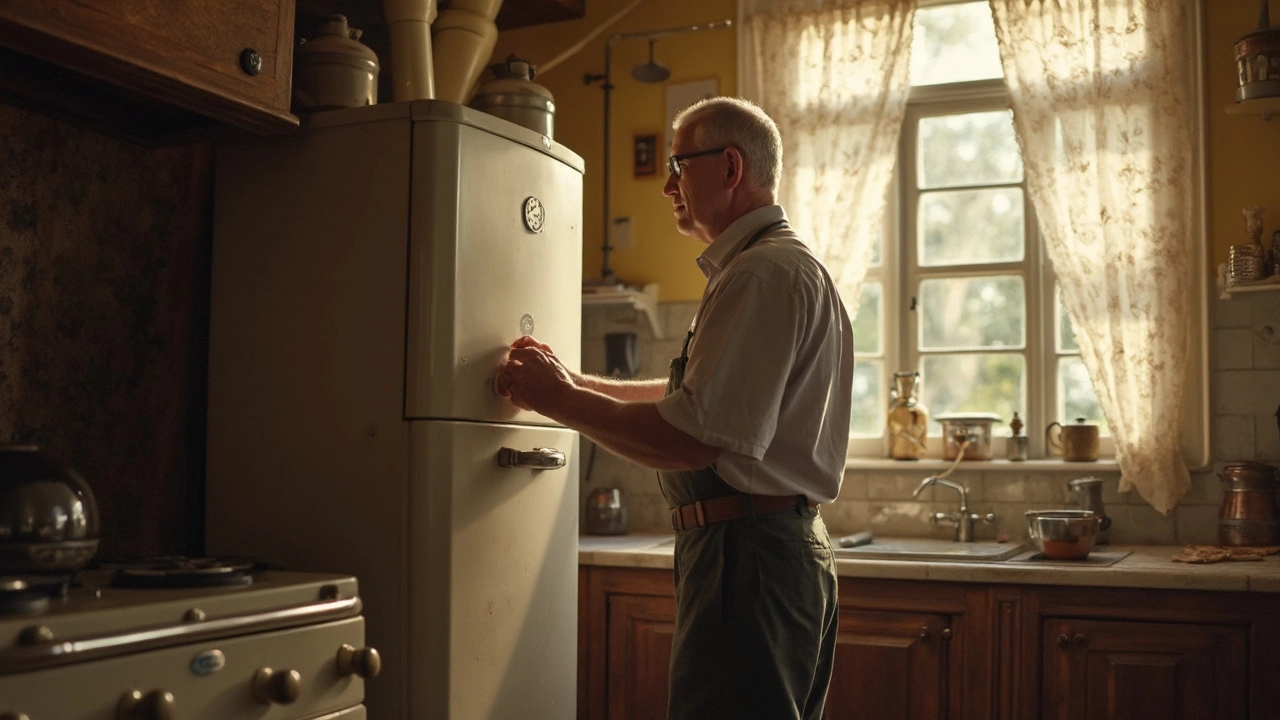Water Heater Thermostat: Quick Fixes for Hot Water Problems
If your showers are suddenly cold or your heater flashes an error code, the thermostat is often the culprit. It’s the little device that tells the heater when to turn on and off, so a fault can leave you without hot water in minutes. The good news? Most thermostat issues are easy to spot and cheap to fix.
How a Water Heater Thermostat Works
A thermostat sits inside the tank and measures the water temperature. When the water drops below the set point, the thermostat closes the circuit, powering the heating element or burner. Once the water reaches the desired temperature, the thermostat opens the circuit and the heater shuts off. If the thermostat sticks open or closed, the heater either won’t fire or will overheat, leading to tripped breakers or no hot water.
Step‑by‑Step Fix Guide
1. Safety first. Turn off the power at the breaker or shut off the gas supply, then let the tank cool for at least 30 minutes. This prevents shocks and burns.
2. Locate the thermostat. On electric models it’s a screw‑type device attached to the side of the tank; on gas units it’s usually a knob near the burner. Take a photo before you remove anything – it helps you re‑install correctly.
3. Test the thermostat. Use a multimeter set to continuity. Touch the probes to the thermostat’s terminals; you should get a reading when the water is cold. If there’s no continuity at any temperature, replace it.
4. Replace the part. Unscrew the old thermostat, pull it out, and slide the new one in. Tighten the screw but don’t over‑tighten – you don’t want to crack the tank.
5. Re‑assemble and restore power. Re‑attach any panels, turn the breaker back on, and watch the heater cycle. You should see the indicator light turn on and the water heat up within an hour.
If the heater still won’t heat, the problem may lie with the heating element, gas valve, or wiring. In those cases calling a professional is the safest bet.
Regular maintenance can keep thermostats from failing. Every year, flush the tank to remove sediment that can cause hot spots, and check the thermostat’s settings – most units work best at 120°F (49°C). Keeping the temperature modest saves energy and reduces wear on the thermostat.
When you do need a new thermostat, you can find compatible replacements at most hardware stores. Just match the model number and voltage rating. A typical thermostat costs between £15 and £30, and most DIYers finish the job in under an hour.
Bottom line: a faulty thermostat is a common, inexpensive fix that restores hot water fast. By following the steps above you can save a call‑out fee and get back to comfortable showers in no time.
How to Spot a Bad Thermostat in Your Hot Water Heater
0 Comments
Having issues with your hot water heater might indicate a faulty thermostat. This article offers practical guidance on identifying a bad thermostat in your water heater. Discover symptoms like inconsistent water temperature and strange noises, learn how to test your thermostat safely, and explore easy tips for fixing common problems. Equip yourself with the know-how to maintain an efficient and reliable hot water heater in your home.
Read More